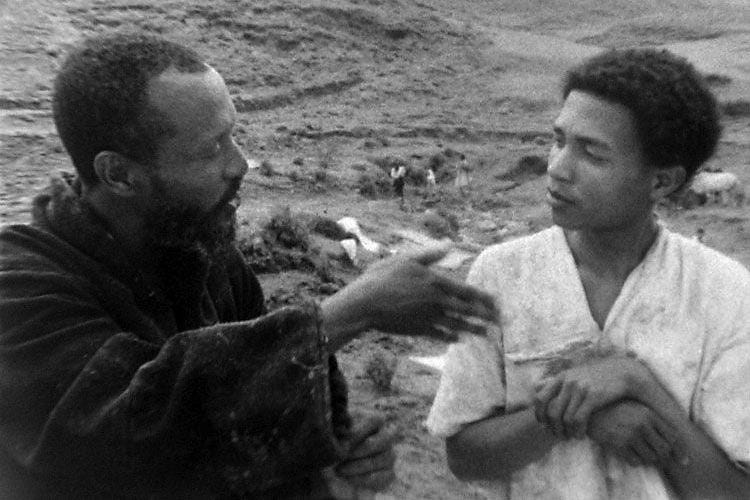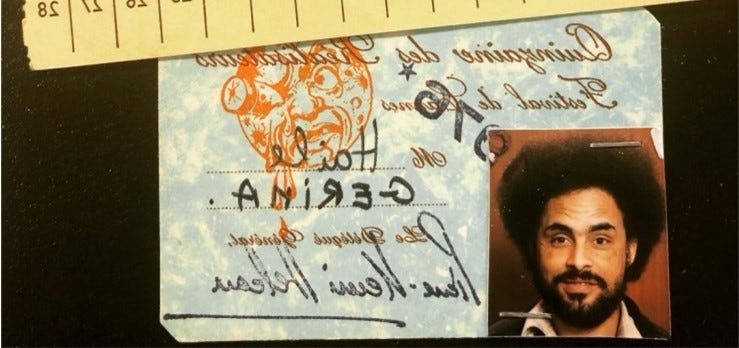ምርት ፫ ሺህ ዓመት || HARVEST 3000 YEARS, dir. Haile Gerima (1976)
In the summer of 1974 Haile Gerima, U.S. based Ethiopian filmmaker, would embark on a journey to Ethiopia to make a film out of necessity and urgency about his people. A journey that would prove beyond difficult as it was around the time of the overthrow of Emperor Haile Selassie and right before the establishment of a military dictatorship. The previous imperial regime had in place the urban land tenure system which created a system by which land was extensively granted to nobility, chiefs and other personalities affiliated with the then rulers. Gerima’s earlier work always has at its core an uprising of oppressed people and he shows their true struggle by humanizing these characters and documenting their day to day lives; these ideas often fit into loose narratives no matter the setting. In Bush Mama [1979], he explores poverty, police brutality, unemployment and PTSD in Vietnam veterans in the US from the perspective of Dorothy, an African American woman. In the case of Harvest 3000 Years, Gerima is inviting the viewer to the lives and struggles of one peasant family and it is framed within the exploitative landlord-tenant relationship.
It was shot on 16mm black and white and it is very experimental most notably in its editing and sound design. The scale, lyricism and poignancy of the picture is even more astounding considering Gerima shot this film in two weeks during a state of unrest; that is unheard of even for a fiercely independent film. The post-production however took a year, but it was completed in time for its Cannes Film Festival premiere where it was in competition in the Directors’ Fortnight section in 1975. The Director of Photography was Elliot Davis, who has since worked with everyone from Francis Ford Coppola to Spike Lee, and this was his first feature length film. Davis has also worked with Charles Burnett (Killer of Sheep, To Sleep with Anger) who was part of the LA Rebellion Movement with Gerima, and all three went to UCLA film school. For Gerima, Harvest 3000 Years was one of two feature length films he had made during his time at UCLA; his thesis film was Bush Mama.
The film opens with the patriarch of the aforementioned family at the center of the film ploughing the soil using oxen. The oxen are important in the film as they are often used as symbolic representations of oppression. Berihun is the oldest son who is keen on getting an education and fed up with living an arduous life under this system. Berihun’s younger sister, Beletech, is the beating heart of the film and who on subsequent viewings has left the biggest impression; her hopes and ambitions are captured with sensitivity. There is also the mother who is consumed by hard labor that barely pays and she is burdened with a sense of responsibility to take care of her family.
Their farming routines are accompanied by folk songs and they serve as the backdrop for the soundscape of the film. The film’s title comes from the soundtrack’s allegorical theme song about a bride’s three thousand year old dress that is still, against all odds, in mint condition. Another notable folk song is also sung by Berihu’s father “The farmer was a grower of maize, the son became a sower of bullets……if provoked enough that bull will surely strike”. We immediately have a sense of place as Gerima makes full use of the Ethiopian landscape which is strikingly beautiful and at times has an ominous look with its stark black and white photography. The way in which Gerima and Davis capture the faces of this family and their daily routines is intimate and captivating.





